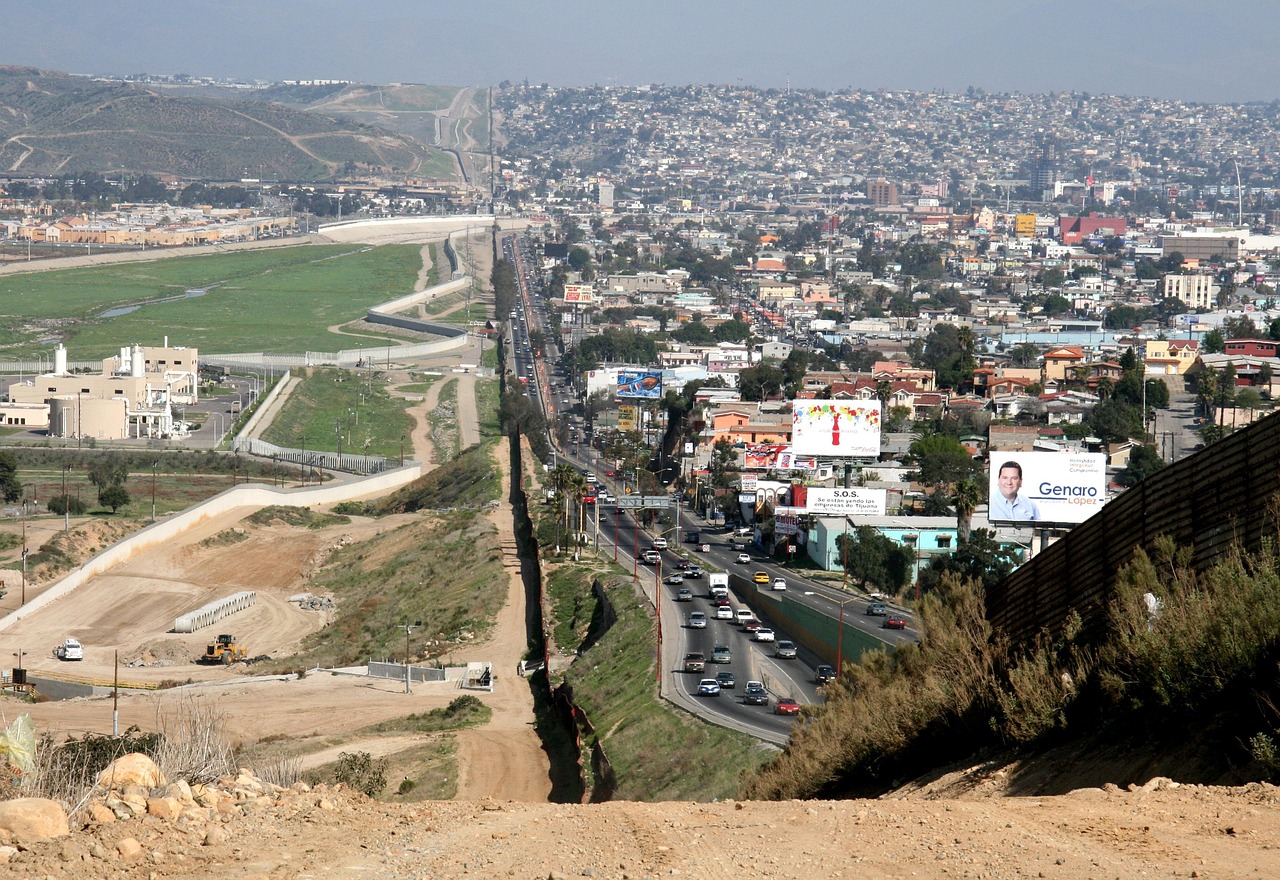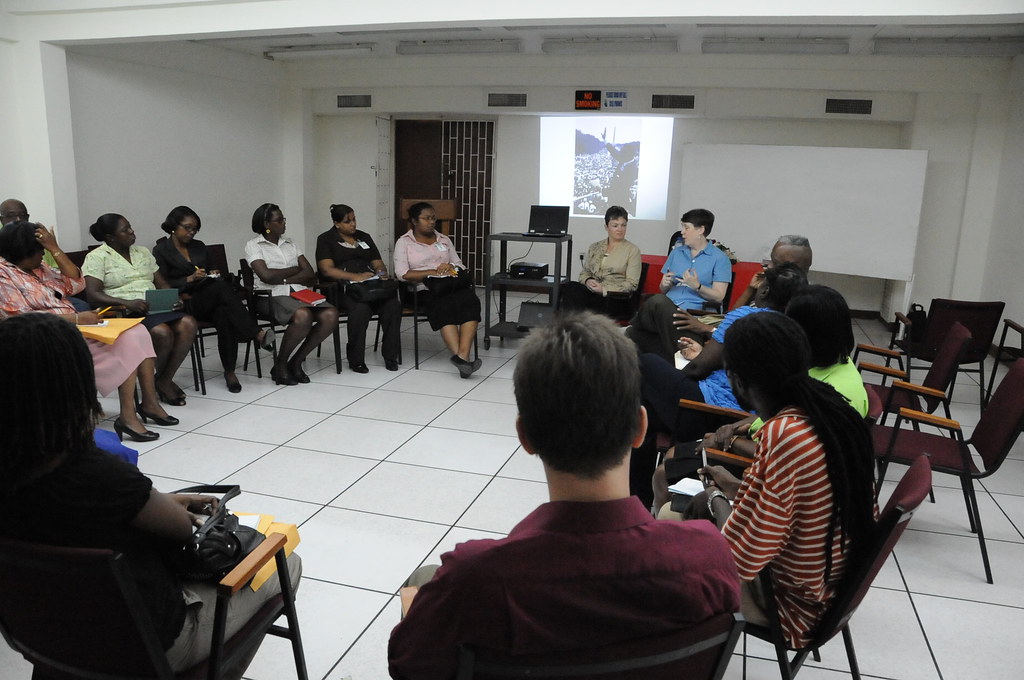Population Growth Rebounds From Pandemic Lows

The nation’s population grew by about 1% from 2023 to 2024, outpacing average annual growth since 2000 and signaling an end to tepid growth. The U.S. population reached 340.1 million, up 0.98% from 336.8 million on July 1, 2023 — the highest year-over-year increase since a jump of 0.99% between 2000 and 2001. By 2024, after three consecutive years of population growth exceeding 0.5%, the United States seems to have recovered from pandemic-era lows. This bounce back marks a significant shift from the slower growth rates that worried demographers just a few years ago. Population trends have fluctuated over the past two decades, reflecting how major world and national events can influence population growth. The pandemic had initially put the brakes on America’s growth, but the latest numbers suggest we’re back on track. As 2024 comes to a close, the U.S. Census Bureau projects the U.S. population will be 341,145,670 on New Year’s Day, an annual increase of 2,640,171 or 0.78%.
Immigration Becomes the Main Driver of Growth

CBO estimates that the number of people who entered the United States minus the number who left totaled 2.8 million in 2022, 3.3 million in 2023, and 2.7 million in 2024—far exceeding the average net immigration, 920,000 people per year, seen from 2010 to 2019. In CBO’s projections, net immigration totals 2.0 million people in 2025, 1.5 million in 2026, and an average of 1.1 million per year from 2027 to 2055. Think of it like a river that’s been flowing steadily for decades suddenly becoming a rushing torrent. The U.S. Census Bureau reported in late 2024 that recent immigration to the United States had more than offset the country’s lower birth and fertility rates: “Net international migration’s influence on population trends has increased over the last few years. Since 2021, it accounted for the majority of the nation’s growth—a departure from the last two decades, when natural increase was the main factor.” Net immigration increasingly drives population growth, accounting for all population growth beginning in 2040.
Birth Rates Continue Historic Decline

Since last year, CBO has lowered its projection of the total fertility rate over the long run from 1.70 births per woman to 1.60 and incorporated differences in the fertility rates of women born in the United States and women born elsewhere. This means American families are having fewer children than ever before, creating what some experts call a “demographic winter.” Since 1971, the birth rate has generally been below the replacement rate of 2.1. Since the Great Recession of 2007, the rate has consistently been below replacement. A Total Fertility Rate (TFR) of 2.1 represents the Replacement-Level Fertility: the average number of children per woman needed for each generation to exactly replace itself without needing international immigration. Yet, in recent years, its contribution has dwindled due to fewer births and more deaths. There was a brief uptick in births from 2021 to 2022, but rates returned to their downward trend in 2023.
America’s Racial and Ethnic Transformation Accelerates

50% of U.S. children under the age of 18 are now members of ethnic minority groups. This statistic would have been unthinkable just a generation ago, but it perfectly captures how rapidly America’s face is changing. The new estimates show that nearly four of 10 Americans identify with a race or ethnic group other than white, and suggest that the 2010 to 2020 decade will be the first in the nation’s history in which the white population declined in numbers. In 2019, for the first time, more than half of the nation’s population under age 16 identified as a racial or ethnic minority. Among this group, Latino or Hispanic and Black residents together comprise nearly 40% of the population. An important finding in the new census data is the decline of the nationwide white population for the third consecutive year. Between 2016 and 2019, the white population declined from 197,845,666 to 197,309,822, in yearly amounts of -97,507, -212,957 and -225,380.
The Coming “Minority White” America

First, between 2018 and 2060, gains will continue in the combined racial minority populations, growing by 74 percent. Second, during this time frame, the aging white population will see a modest immediate gain through 2024, and then experience a long-term decline through 2060, a consequence of more deaths than births. We’re witnessing history in real time as America heads toward becoming what demographers call “minority white” by 2045. Among the minority populations, the greatest growth is projected for multiracial populations, Asians and Hispanics with 2018–2060 growth rates of 176, 93, and 86 percent, respectively. The projected growth rate for blacks is 34 percent. Minorities will be the source of all of the growth in the nation’s youth and working age population, most of the growth in its voters, and much of the growth in its consumers and tax base as far into the future as we can see. Hence, the more rapidly growing, largely white senior population will be increasingly dependent on their contributions to the economy and to government programs such as Medicare and Social Security.
Baby Boomers Hit “Peak 65” and the Retirement Wave Begins

More than 11,200 Americans will turn 65 every day — or over 4.1 million every year — from 2024 through 2027, according to estimates from the Retirement Income Institute at the Alliance for Lifetime Income. Picture a massive wave approaching the shore—that’s what’s happening with Baby Boomer retirement right now. Over the next six years, employers may have to replace between 10.8 million and 14.8 million employees who are “Peak Boomers”—that is, people who will reach the peak retirement age of 65 between now and 2030. This potential surge in retirees comes after the COVID pandemic already accelerated the pace of Baby Boomer retirement. In 2020 alone, the most recent year for which there was data available, there was a 3.2 million increase in Baby Boomer retirees, compared to only a 1.5 million increase in 2019, according to the Pew Research Center. At an estimated 73 million, this generation is the second-largest age group after their children, the millennials, born from 1982 to 2000. “As boomers age through their 60s, 70s, 80s and increasingly beyond, the ‘big bulge’ of the boomer generation will contribute to the overall aging of the U.S.”
The Workforce Gets a Generational Makeover

In the third quarter of 2023, the share of Gen Z workers in the labor force surpassed that of Baby Boomers for the first time. As of the second quarter of 2024, Gen Z workers were almost a fifth (18%) of the labor force, with Baby Boomers comprising 15% of the labor force. Millennials made up the largest share of the labor force (36%), while the Silent Generation has almost entirely retired (1%). It’s like watching a changing of the guard in slow motion, but with massive economic implications. The COVID-19 pandemic accelerated retirements, particularly among college-educated and White workers. Additionally, Gen Z has now surpassed Baby Boomers in the workforce — something we explore further below. As they retire, the worker-to-retiree ratio will drop to lower than ever. As they retire, they’ll push the worker-to-retiree ratio lower than ever.
Women Reach Record Workforce Participation

In fact, the percent of women aged 25-54 in the workforce has risen to record levels—at 78.1%, as of May 2024, according to St. Louis Fed data. This represents one of the most significant demographic shifts of our time, fundamentally changing the American workplace and economy. Since women tend to take on more childcare responsibilities than men, according to some studies, the increase in remote work opportunities may have helped more women in particular enter the workforce. However, the record number of prime-age women in the workforce also continues pre-pandemic trends. First, rising costs have made many families unable to live on one income alone and, second, more women—and men—have been going to college, resulting in a more diverse and more educated workforce. The days when families could comfortably live on a single income are largely behind us, pushing more women into careers than ever before.
Education Levels Rise Across Generations

As of 2021, 37.9% of people in the U.S. aged 25 and older had completed a bachelor’s degree or higher, according to U.S. America is becoming smarter, but in an uneven way across different age groups. From Baby Boomers to Millennials, the share of workers with a Bachelor’s degree or higher has increased from around 34.4% to 43.6%. While the same share for elder Gen Z is lower (38.9%), many are still pursuing education and the share with only a Bachelor’s degree (32.8%) was higher than that for older generations. Broadly speaking, from Baby Boomers to Millennials, there has been a shift away from only earning a high school diploma or equivalent, and younger generations have attained higher levels of formal education relative to older generations. It’s like watching society upgrade its intellectual software with each new generation entering the workforce.
Geographic Shifts Create New Population Centers

Cities of all sizes grew on average from 2023 to 2024 with Southern and Western cities experiencing accelerated growth. Topping the list of fastest-growing cities was Princeton, Texas with a remarkable 30.6% growth rate, according to the U.S. Census Bureau’s Vintage 2024 estimates released today. New York City, Houston and Los Angeles saw the greatest numeric gains during this time and some cities in the Northeast and Midwest marked their first population increase in recent years. It’s like watching America’s population flow like water, seeking new levels and opportunities. Princeton city, Texas, a suburb of Dallas, was the fastest-growing city in 2024. Princeton increased its population by nearly one-third in just one year and has more than doubled it since 2020, from roughly 17,000 to 37,000. Washington, D.C., added almost 15,000 residents in 2024, nearly doubling its population gain in 2023. Los Angeles, California, returned to the list of top gainers for the first time since 2016, adding over 31,000 residents in 2024, making it third among the nation’s largest-gaining cities.
Language Diversity Reflects Cultural Changes

An updated table package reveals how over 500 languages spoken at home changed from 2013 to 2021. America isn’t just becoming more racially diverse—it’s becoming a true linguistic mosaic that would make the United Nations jealous. Walk through any major American city today and you’ll hear conversations in dozens of languages, from Spanish and Mandarin to Arabic and Hindi. For the past several decades, the Some Other Race (SOR) population has increased, largely driven by the increase in the Hispanic population which could not easily report its Hispanic identity in the separate race question. From 2010 to 2020, the Some Other Race alone or in combination population (49.9 million) increased by 129%, surpassing the Black or African American population (46.9 million) as the nation’s second. This linguistic richness reflects deeper demographic changes happening at the household level across America.
New Federal Standards Reshape How We Count Race

On March 28, 2024, the U.S. Office of Management and Budget (OMB) published the results of its review of Statistical Policy Directive No. 15 (SPD 15) and issued updated standards for maintaining, collecting and presenting race and ethnicity data. These efforts aim to improve federal race and ethnicity statistics and ensure data more accurately reflect the racial and ethnic diversity of the U.S. population. The government is literally rewriting how it counts Americans, recognizing that our old categories don’t fit our new reality. Among the biggest updates: directives to use a combined race/ethnicity question; the addition of a new “Middle Eastern and North African” minimum reporting category; and a requirement to collect detailed race/ethnicity responses. The terms “majority” and “minority” are no longer permissible in tabulations except when statistically accurate and used for statistical descriptions, or when legal requirements call for use of the terms. In the past, the Census Bureau had sometimes used these terms, but more recently we began using a variety of racial/ethnic diversity measures that have clear conceptual definitions and interpretations. Even our language around demographics is evolving.
The Aging Crisis Reshapes Social Programs

Lower numbers of workers per retiree threaten the future of programs such as Social Security and Medicare, which support older Americans by taxing current workers. As the share of working Americans shrinks, that source of money will too. Both programs face funding shortfalls in the next decade without higher taxes or cuts to benefits. Imagine a seesaw with more and more people climbing onto one side while the other side gets lighter—that’s what’s happening to our social support systems. Starting in 2033, Social Security won’t be able to make full retirement payments unless Congress intervenes. But the program has not been updated legislatively for 40 years. To fend off insolvency, lawmakers face the choice of reducing benefit payments, increasing the retirement age or raising taxes. The aging of the population is fueled by the large number of Baby Boomers born between 1946 and 1964 entering high mortality ages. The median age in the United States is 38.5 years (2025). We’re becoming a grayer nation whether we’re ready or not, and the implications touch every aspect of American life from healthcare to housing to economic policy.





